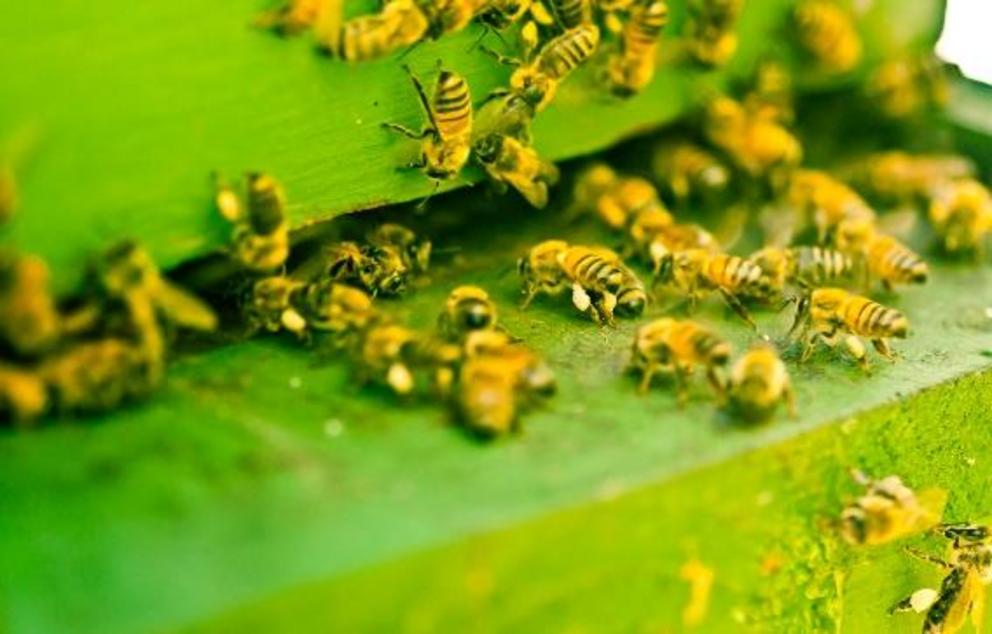Pesticides found to make bees helpless to deadly mite infestations
Bees are in danger — there’s little doubt about that. Experts are saying that the dramatic decline in honeybee populations in the United States is unsustainable. Responsible for producing $20 billion in crops across the U.S. alone, honeybees are an essential part of the agricultural industry (and the food chain). But, Big Ag hasn’t been treating honeybees with the respect and care they deserve. Instead, we have been maiming nature’s little helpers with toxic agrichemicals. Recently published research confirms what many have long suspected: Pesticides are harmful to bees, even in sub-lethal doses.
It should surprise no one that a sub-lethal dose of poison can still be harmful — but unfortunately, that is not the world we live in.
Sub-lethal for a slow-kill
A new study from the University of Guelph, located in Canada, confirms that sub-lethal doses of certain pesticides cause harm to honeybees. The scientists say that neonicotinoid pesticides, or “neonics,” actually interfere with the bees’ ability to self-groom and increases their risk of succumbing to a deadly mite infestation.
Published in Scientific Reports, the researchers looked at the effects of clothiandin, a commonly used neonic, on bee grooming behavior. What they found was that low-level exposure to the neonic caused the bees to stop grooming themselves properly.
For bees, poor self-grooming practices can be fatal, as it leaves them susceptible to varroa mites — and these mites can carry deadly viruses. Neonics are the most widely used pesticide in Canada. Varroa mites are also a primary driver of colony collapse. Linking the two will hopefully help drive policies to correct honeybee depopulation.
Study leader and doctoral student Nuria Morfin Ramirez said of the research,”When bee colonies began to collapse years ago, it became clear there wasn’t just one factor involved, so we were interested in whether there was an interaction between two of the main stressors that affect bees: varroa mites and a neurotoxic insecticide, clothianidin.”
“This is the first study to evaluate the impact on the grooming behaviour of bees,” Morfin added.
Save the bees
This may be the first study to examine the effect of neonics on bee grooming behavior, but it is not the first one to find neonics are harmful.
Neonics are designed to target the central nervous system of insects. They are biologically active in low concentrations and their structure closely resembles nicotine. By binding to receptors for the nicotinic acetylcholine enzyme, neonics excite the insects’ nerves, such to the point that it causes paralysis and death.
Neonics are a “systemic pesticide” which means the toxic chemicals are taken up by the plant and are present in its roots, stems, leaves and pollen. Because of this, neonics are especially threatening to bees.
In 2018, the European Union voted to ban neonics entirely — because of how harmful they are to bees and other wildlife. Research confirms that bees who are exposed to neonics are more likely to succumb to the effects of malnutrition, and together, the risk of death is greatly increased.
Earlier this year, researchers also found that neonic exposure causes bees to become “antisocial” and start neglecting their young — potentially stunting the growth of the colony.
There is a substantial body of evidence which proves that neonictinoid pesticides are harmful to bees, yet our corrupt government agencies continue to sit on their hands while Big Ag destroys the planet.
For full references please use source link below.

